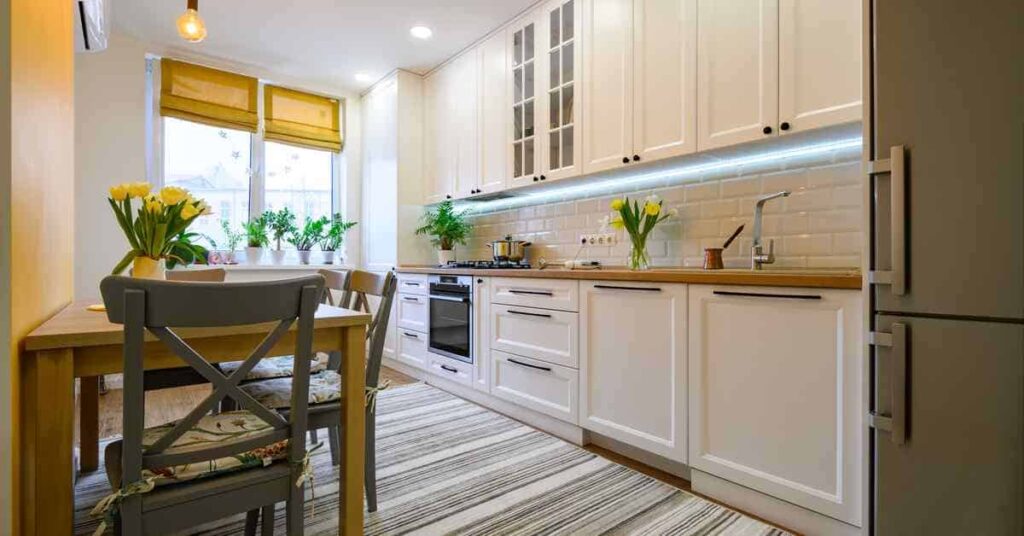Polycarbonate roof panels are a popular choice for homeowners looking to add a durable and attractive roofing solution to their outdoor structures such as patios, greenhouses, or carports. Known for their strength, versatility, and excellent light transmission properties, these panels provide protection while allowing natural light to pass through. Installing polycarbonate roofing can be a rewarding DIY project if done correctly. Here’s a detailed guide to help you through the process.
Tools and Materials Needed:
- Polycarbonate roof panels
- Measuring tape
- Circular saw or fine-toothed hand saw
- Drill with screw bits
- Screws and washers (suitable for polycarbonate)
- Aluminum or plastic H-profiles (for joining panels)
- U-profiles (for sealing panel edges)
- Flashing tape or silicone sealant
- Ladder
- Safety goggles and gloves
Step 1: Plan Your Project
Begin by measuring the area you wish to cover with polycarbonate panels. Calculate how many panels you will need, considering the size of the area and the dimensions of the panels. Plan the layout of the panels ensuring that the ridges and grooves line up for water runoff.
Step 2: Prepare the Roof Frame
Ensure that the roof frame or structure is stable and square. The supports should be placed to accommodate the width of the panels you are installing. The spacing of the rafters depends on the snow and wind load in your area but typically ranges from 24 to 36 inches apart.
Step 3: Cut the Polycarbonate Panels
Use a circular saw or a fine-toothed hand saw to cut the polycarbonate panels to size. When cutting the panels, leave the protective film on to prevent scratches; you can remove it after installation. Always wear safety goggles and gloves during cutting to protect from sharp edges and flying debris.
Step 4: Pre-drill Holes for Fixing
Polycarbonate panels expand and contract with temperature changes, so it’s essential to pre-drill holes for the screws. These holes should be larger than the screw’s diameter to allow for expansion—typically about 1/8 inch wider. Make sure the holes are drilled on the higher part of the panel’s corrugation to prevent water seepage.
Step 5: Install H- and U-Profiles
If your installation requires multiple panels to cover the area, use H-profiles to connect the panels side by side. Slide the edges of the panels into the H-profiles to ensure a snug fit. Seal the top and bottom edges of the panels with U-profiles to prevent dust, insects, and water from entering.
Step 6: Attach the Panels to the Frame
Start at one end of the roof and work your way across. Lay the first panel in place and secure it to the rafters with screws and washers, being careful not to overtighten and crack the panel. Washers help distribute the load and prevent water ingress. Continue laying the panels, ensuring that the edges overlap correctly for effective water runoff.
Step 7: Apply Sealants
Use flashing tape or silicone sealant along the edges where the panels meet the roof frame or adjoining structures to enhance water resistance. This step is crucial in preventing leaks and securing the panels from wind uplift.
Step 8: Finishing Touches
Inspect all the panels to ensure they are securely fastened and the profiles are properly sealed. Tighten any loose screws and add extra sealant if necessary. Finally, remove the protective films from the panels.
Step 9: Clean Up
After completing the installation, clean the panels with a soft cloth and mild soap solution. Avoid using abrasive cleaners or sharp tools that can scratch the polycarbonate.
Conclusion
Installing polycarbonate roof panels is a straightforward process that can significantly enhance the usability and aesthetics of your outdoor spaces. By following these steps carefully, you can ensure a successful installation that will last for years, providing a comfortable and weather-resistant covering for any outdoor area.















